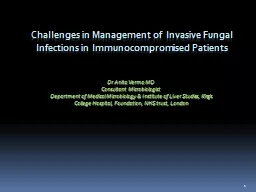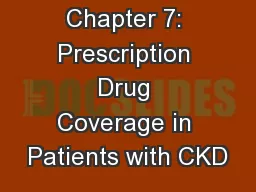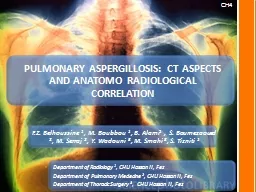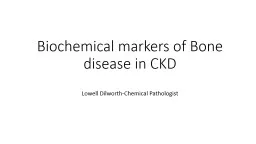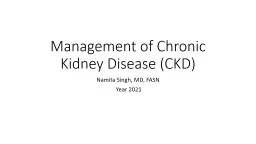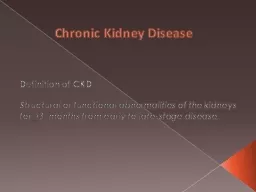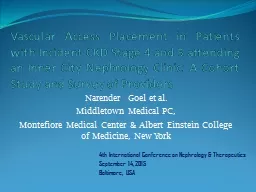PPT-Invasive Pulmonary Aspergillosis[IPA] as presenting manifestation of CKD
Author : hondasnoopy | Published Date : 2020-06-23
Dr KJPriyadarshini Gandhi Medical College Case Details 24 year old MrX D river by occupation N on diabetic denovo detected hypertensive
Presentation Embed Code
Download Presentation
Download Presentation The PPT/PDF document "Invasive Pulmonary Aspergillosis[IPA] as..." is the property of its rightful owner. Permission is granted to download and print the materials on this website for personal, non-commercial use only, and to display it on your personal computer provided you do not modify the materials and that you retain all copyright notices contained in the materials. By downloading content from our website, you accept the terms of this agreement.
Invasive Pulmonary Aspergillosis[IPA] as presenting manifestation of CKD: Transcript
Download Rules Of Document
"Invasive Pulmonary Aspergillosis[IPA] as presenting manifestation of CKD"The content belongs to its owner. You may download and print it for personal use, without modification, and keep all copyright notices. By downloading, you agree to these terms.
Related Documents

![PPT-Invasive Pulmonary Aspergillosis[IPA] as presenting manifestation of CKD](https://thumbs.docslides.com/784816/invasive-pulmonary-aspergillosis-ipa-as-presenting-manifestation-of-ckd.jpg)
